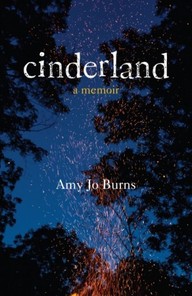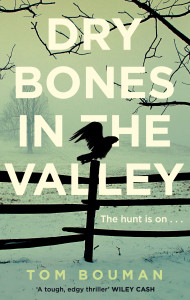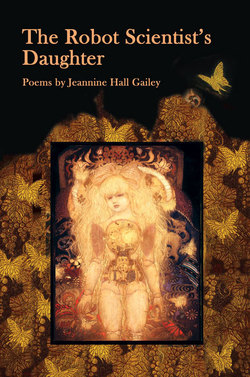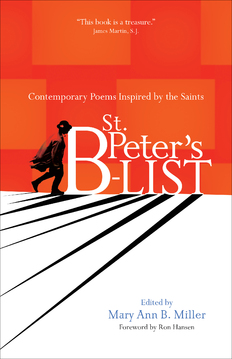
Yet, unlike the traditional coming-of-age memoir, which is usually told through a linear storyline that follows the transistion of a child or young teenager to the adult world and features a defining moment that changes everything about the main character, Burns' work introduces this defining moment at the start of her book. Thus, she weaves the consequences of her actions through her teenage years as she grapples with what happens to those who tell the truth and what happens to those who don't.
The year that Amy Jo Burns turns ten, she finds herself in a scandal that has shaken the tiny town of Mercury, Pennsylvania, located halfway between Pittsburgh and Erie. Howard Lotte, the town's highly respected piano teacher, has been accused of sexually assaulting several of his female students. Out of Lotte's many students who were questioned, seven came forward to tell the truth, while others lied. Burns was one of the students who lied. Those who told the truth were ostracized by the town; those who lied were safe from the repercussions.
Or were they? Burns' memoir traces this incident through her teenage years, exploring the role of women in the rural Rust Belt (as well as perhaps America, in general). Silence is supposed to be golden. But in many ways, these young women got lost in the silence. As Burns explains, "We are the girls who lied about Mr. Lotte when others told the truth and most of Mercury hated them for it. We performed for a fickle crowd and lost ourselves in th charade."
Full of vivid characters and scenes that are familiar to me (Afterall, I am also a product of Pennsylvania's rural Rust Belt), Cinderland is a lyrical response to an issue that could have been the equivlaent of a Lifetime made-for-tv movie. But it's not. Instead, Amy Jo Burns reminds us that being silent is not always as easy as it seems, and that there are always consequences to our actions.
For more information about Cinderland by Amy Jo Burns, visit her website. Burns also discusses her book at Belt Magazine.



 RSS Feed
RSS Feed
